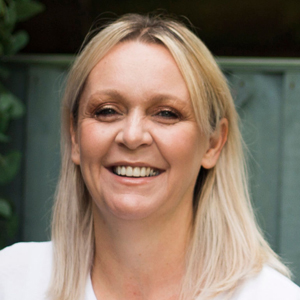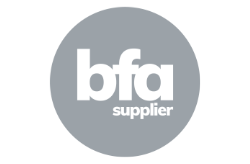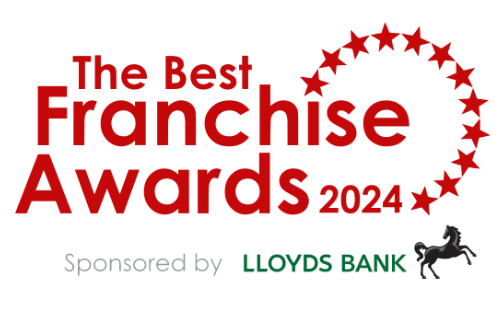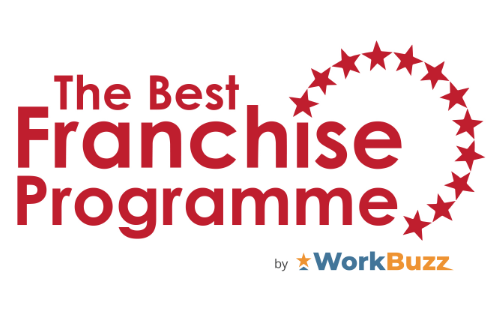Launching a franchise on ‘a wing and a prayer’ – without the proper resources or requisite knowledge – dooms you to failure. Yet hope is often an underappreciated ingredient in the recipe for success.
Hope should never take the place of action but, without hope – and its close cousin, motivation – your franchise network may never achieve its full potential.
Here, Cheryl White, founder of the Mercury Franchise School Ltd, explains how American psychologist Charles R. Snyder’s theory of hope can be applied to grow and scale a successful franchise network using a positive psychology approach.
Snyder’s hope theory was first introduced to the masses on Good Morning America in 2000. In total, he published six books on the topic and more than 250 articles during his lifetime. More than quarter of a century later, today’s franchisor can take heart from its central tenet: You have permission to let go of past disappointments and frustrations, and attach yourself to hope and the possibilities of the future.
To put it another way, if your franchise is underperforming or stagnating, you can detach from the pain that it causes and connect to the idea of a better, brighter time to come.
Putting hope theory into practice involves a potent combination of ‘agency thinking’ and ‘pathways thinking’. First, as a hopeful thinker, you need to look at life in a goal-orientated way – developing an awareness of what it is you want to achieve. Next, you need to define the path you will travel – being open to the idea that goals can be accomplished in many ways. Finally, you will need to nurture the belief that you can do things differently, and that you can succeed at what you set out to do.
The hopeful franchisor, therefore, is clear on their goals; can plot multiple routes to success; and keeps pushing forward when they encounter adversity.
Cultivating goal-orientated thinking
In Snyder’s universe, ‘Last quarter was a disaster. I hope the next quarter is better’ is not an example of hopeful thinking. Try switching those woolly statements for more specific goals, such as: ‘I am aiming for a 10% revenue increase next quarter, and I’m upping my advertising budget by 25% to achieve it’.
You may recognise the latter statement as an example of a SMART goal (Specific, Measurable, Achievable, Relevant and Time-bound) – an approach to goal-setting that dovetails perfectly with hope theory.
What are some SMART goals you can set for your franchise for the next three months? The next year? You may find it easier to write out your vision – what you aim to achieve in the long term – so that you know when you will have succeeded.
Cultivating pathways thinking
Becoming fixed in your thinking – even in the face of shifting markets, financial pressures and technological advances – may feel like you’re staying true to your path. But hope theory suggests that there are an infinite number of routes to profitability that we need to stay open to. Becoming aware of them is known as ‘hope mapping’.
For example, you may nurture a human-first view of success, but have you investigated how AI could aid your franchise without negatively impacting upon employees?
Like any traveller, it is prudent to consider what challenges may take you off course and to mitigate their impact through contingency planning. So, revisiting the example goal to increase turnover by 10% next quarter, how would you stay on track if spending more on advertising failed to deliver a return on investment?
Hopeful thinking is not about pursuing a single pathway beyond evidence or reason. It is about nurturing an end goal while plotting multiple routes to get there.
Snyder’s own research proved that hopeful thinkers not only achieve more in life and business, but they are also physically and psychologically fitter. Hopeful thinking ranks even higher than intelligence, skill or previous success when it comes to predicting the likelihood of someone’s future success. Only when we set a goal – stay hopeful we can achieve that goal, and we use hope mapping to figure out how to get there, dealing with obstacles as they come up – do we become a truly hopeful franchisor.

































